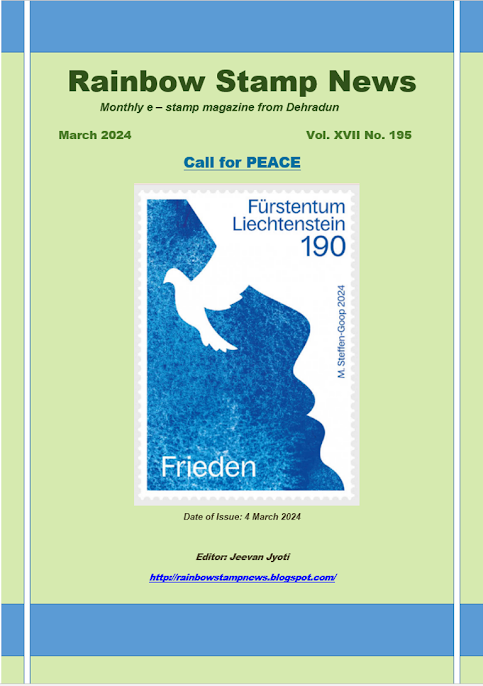Classic Locomotives
Date of Issue : 20 February 2014
Royal mail issued a miniature sheet featuring classic locomotives.
The delightful, bilingual Miniature Sheet features all four Classic Locomotives of Wales stamps, together with a dramatic photograph of the BR Class 5101 2-6-2T No. 4126 as it crosses the Crumlin Viaduct with a passenger train in 1963 in its border.
LMS No. 7720 First Class
Built in 1895 at the Crewe Works for the London and North Western Railway, the LMS “coal tank” is pictured leaving Britannia Bridge, pulling a Bangor-to-Holyhead local train in around 1930.
Hunslet No. 589 Blanche 78p
This stamp shows Blanche at the Pen Cob Halt on the Ffestiniog Railway in 1964. The locomotive was originally made for the Penrhyn Slate Quarry by the Leeds based Hunslet Engine Company. The narrow gauge Ffestiniog railway took slate to the harbour at Porthmadog.
W&LLR No. 822 88p
The Earl Photographed waiting for a car to be moved from the line on Welshpool’s Union Street in 1953, The Earl was constructed for the Welshpool and Llanfair Light Railway in 1902.
BR 5600 No. 5652 £1.28
The BR 5600 freight engine was designed by the Great Western Railway company to transport goods across its massive rail network. The stamp shows the loco pulling coal at Cwmbargoed in 1959.
British Flora
Date of Issue : 19 February 2014
Another set of stamps issued by Royal Mail on 19th February 2014 feature some varieties of British Flora. This is under the series Pictorial Post & Go Stamps by Royal Mail. The six Spring Blooms Post & Go Stamps are printed in a vertical strip and overprinted with First Class values. They are brought on a carrier complete with fascinating facts about each of these beautiful but in some cases declining species.
Primrose
Walk into a clearing in the woods and you could well be pleasantly surprised by a colony of primroses, for a sheltered spot between the trees is one of their favored habitats, as well as parks and churchyards. According to folklore, these lemon-yellow flowers with their heart-shaped petals – which flower from February to May – will grow red if watered with bullock’s blood or planted upside down on Good Friday.
Snowdrop
Haunting woods, meadows, parks and churchyards, these delicate lantern-shaped blooms encapsulate, for many, the beginning of spring. From the Amaryllidaceae family, they are in flower in February and March. A symbol of hope and purity, the snowdrop is traditionally dedicated to the Virgin Mary.
Lesser Celandine
Catch these bright yellow star-like flowers on a sunny spring day and you will be in for a treat, for they open wide in the sunshine. Spot them in woods and hedgerows and on road verges and the banks of streams from March to May. “Local” names for the celandine include “goldy knob”, “filding cup” and “golden guinea”.
Common Dog Violet
From April to June, these rich purple flowers bloom across Britain’s woods, downlands and grass heaths. From the Violaceae family, dog violets are widespread throughout the British Isles.
Wild Daffodil
The iconic bright yellow flower that famously inspired William Wordsworth blooms from February to April, and is seen in coppice and open woodland. Its Latin name, Narcissus pseudonarcissus, is said to have come from the Greek mythological figure Narcissus, who fell in love with his own reflection in a pool of water. The daffodil’s trumpet shaped center is seen as the head of Narcissus bending down while he admires his face in the water. Daffodils are traditionally meant to first flower on St David’s Day – 1 March.
Blackthorn
Forming hedgerows and scrub, the white flowers of this very spiny shrub are in bloom from March to May. Come the autumn, the blackthorn produces sloes – those plump, purple berries that are used, of course, to make sloe gin.



















.png)













No comments:
Post a Comment